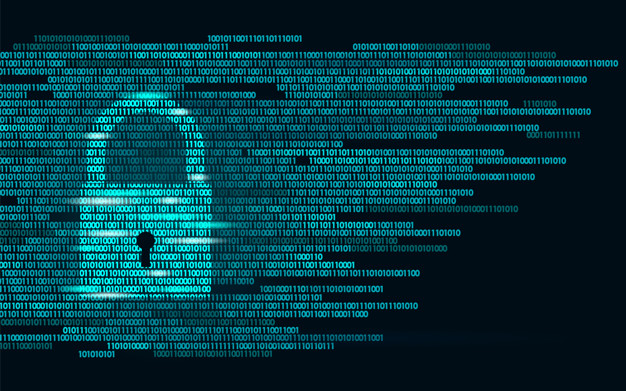If your business depends on your website, then you need to know how to protect your website. The good news is that it’s possible to give your website very robust protection at a price even SMBs can afford. Here is a quick guide to help.
How to protect your website
When looking at how to protect your website, there are five key points you need to remember. These are as follows. Security starts with your domain purchase. Your host plays a major role in your security. You need robust anti-malware protection. It’s vital to manage your software appropriately. You need to manage and monitor users, especially admin ones.
Security starts with your domain purchase
There shouldn’t be much you need to do here, but make sure you select any privacy options you’re offered (even if you need to pay for them) and also, if possible, (which it should be), put a domain lock on. This stops people from taking important actions with your domain (like transferring it) without further checks.

Your host plays a major role in your security
If you put a safe in the middle of a field, sooner or later somebody would crack it. Even the best defenses will fail eventually if there are no humans around to protect them. Similarly, if you put a website on a host that doesn’t have robust security, then sooner or later (probably sooner), you’re going to fall victim to a hacking attack. In fact, you’re probably going to keep falling victim to hacking attacks for as long as you stay on that host (unless they get to grips with their security).
This means that your assessment of a potential host should start with security, uptime, page-load time, customer service, and technical support. Only then should price come into consideration. Even then, it’s important to remember the distinction between price and value.
For example, paying a little extra for your hosting package can get you more hands-on assistance from your host and more bandwidth. Having your host deal with some or all of your server management reassures you that your server-side security is being managed by someone experienced and extra bandwidth is always worth having if you can afford it. It creates a smoother experience for your users and makes it easier for you to deal with spikes in traffic, whether that’s seasonal promotions or DDoS attacks.
You need robust anti-malware protection
You absolutely must have a vulnerability scanner for your website and a reputable anti-malware solution, with an integrated firewall, for your local computers and mobile devices.
As a side note, if you have other networked devices, then it’s strongly advisable to inform yourself of what security precautions you need to take to protect them too. This entails you knowing what they are, so it’s important to keep good records of all “smart” devices, even apparently inconsequential ones such as light bulbs.
In simple terms, if a hacker can get into your systems, they can often get access to key login details, including the login details for your website (and its database) and then they can basically do what they wish with it.
It’s vital to manage your software appropriately
The internet is largely built on open-source software. All the main content management systems are open-source and a lot, if not most, of their third-party extensions, are also open-source.
Open-source software certainly has its good points. In particular, it’s free and it’s infinitely customizable. It is, however, important to remember that it also has its potential challenges. In particular, the lack of a vendor means the lack of guaranteed support and the lack of a central authority means that software development is, essentially, a free-for-all.
It’s therefore down to each SMB to do their own research on any item of software they are thinking of using and, ideally, test it out thoroughly before deploying it in production, even if it’s a mainstream solution.
Once you’ve chosen your software, you also need to inform yourself on how to get the most out of it, from the perspective of security as well as functionality. For example, you need to work out how to change default settings and set permissions appropriately. You also need to commit to keeping it updated.
You need to manage and monitor users, especially admin ones
You need to keep the use of admin logins to an absolute minimum and vet users very carefully before you give them admin credentials. Remember, in addition to being trustworthy, they need to know what they’re doing, or else they could cause all kinds of damage. You also need to monitor their actions closely, which means that all administrators need their own logins so you can see who is doing what.
Please click here now to have your website scanned, for free, by cWatch from Comodo.
To keep your system secure and protect your privacy, you need to install an EDR software, designed to detect and remove malware.
© 2025 Comodo Security Solutions, Inc





